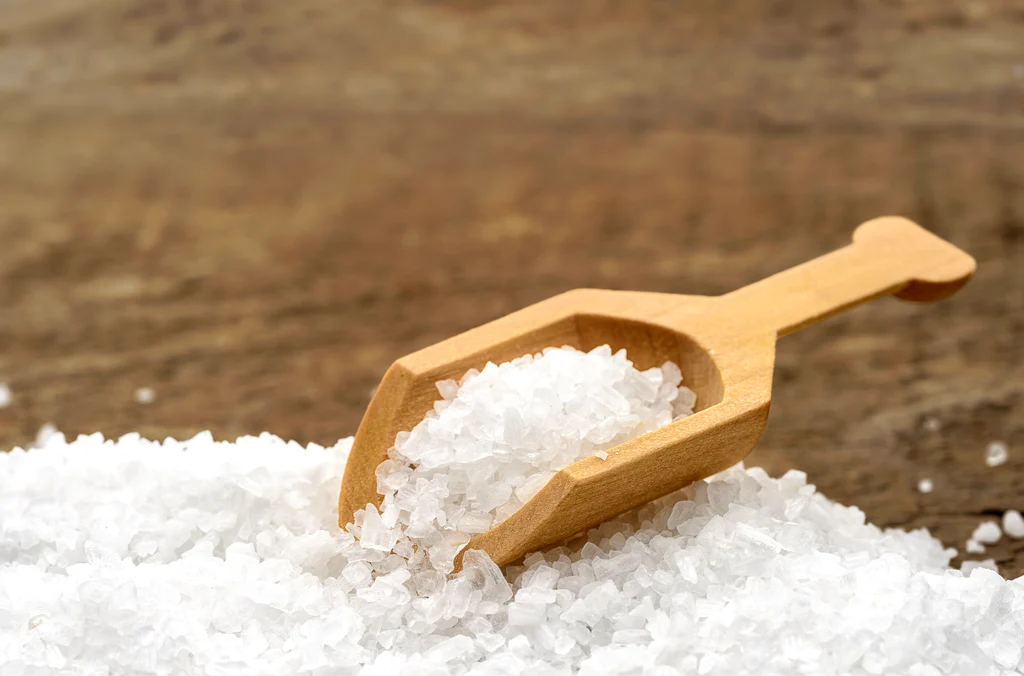There’s something rather miraculous about the sea and its treasures, isn’t there? It’s not just the rolling waves and the tranquil sound that capture our hearts, but also the secrets it holds within. And one such secret, right from the lap of the ocean, might just be the answer to a common, yet stubborn, problem: toenail fungus. Yes, you read that right – regular sea salt, that humble kitchen staple, may just be your foot’s new best friend.
The Salty Science
Sea salt is known for its natural dehydrating properties, which can create an environment less hospitable for the pesky fungi thriving in the warm, moist areas around our toes. The salt draws out the moisture that fungus loves so much, helping to keep our toenails dry and less likely to harbor unwanted fungal guests.
Crafting Your Own Sea Salt Soak
Here’s how you can use sea salt to help banish toenail fungus:
-
Warm Water: Begin by filling a basin with warm water – just enough to cover your toes.
-
Dissolve the Sea Salt: Stir in a tablespoon of sea salt until it’s fully dissolved. This isn’t a marinade, but you want every grain to release its potential.
-
The Soak: Place your feet in the basin, lean back, and relax. Let your toes enjoy this briny bath for about 20 minutes.
-
Dry Thoroughly: After your soak, ensure your feet are completely dry, especially between the toes. Fungus is no fan of dryness.
The Real Cause and the Best Practice
Often, toenail fungus stems from an environment that’s too inviting for the fungus to pass up: think warm, damp, and dark. The best practice is to keep your feet as dry and clean as possible. This means wearing breathable footwear, changing socks regularly, and perhaps indulging in a sea salt soak now and then.
A Pinch of Prevention
Prevention is always preferable to treatment, and your new sea salt routine can be a delightful preventive measure. Make it a habit, like your morning coffee or evening stroll. It’s a small step you can take for the well-being of your feet.
Walking on Salted Clouds
In conclusion, while sea salt is not a medically proven cure for toenail fungus, many find it to be an effective natural remedy. Remember, though, that results can vary, and severe cases may still require a consultation with a healthcare provider. But for now, let’s not underestimate the power of a simple tablespoon of sea salt to keep our steps light and our toes happy. Here’s to clear nails and the simple joys of seaside solutions!





